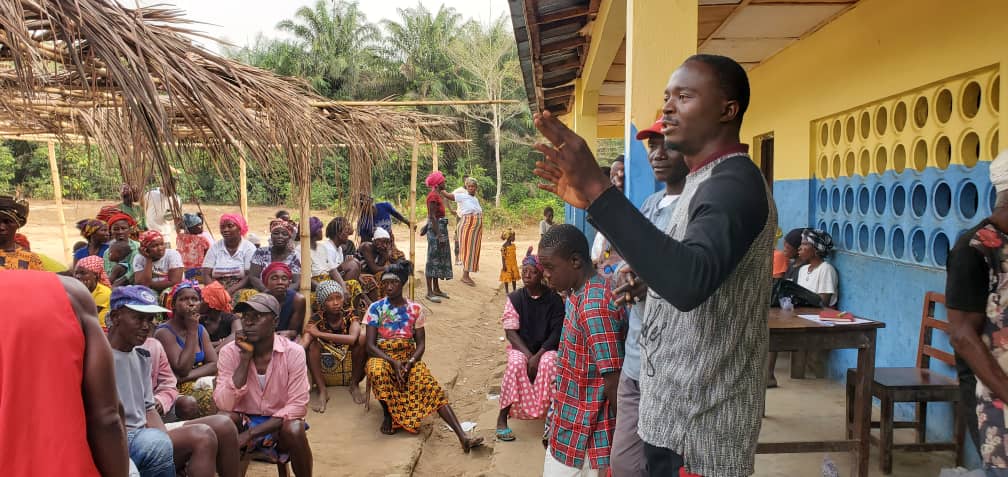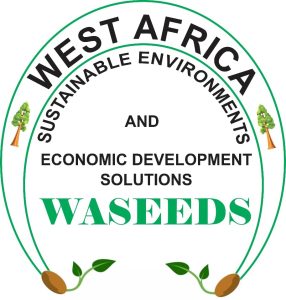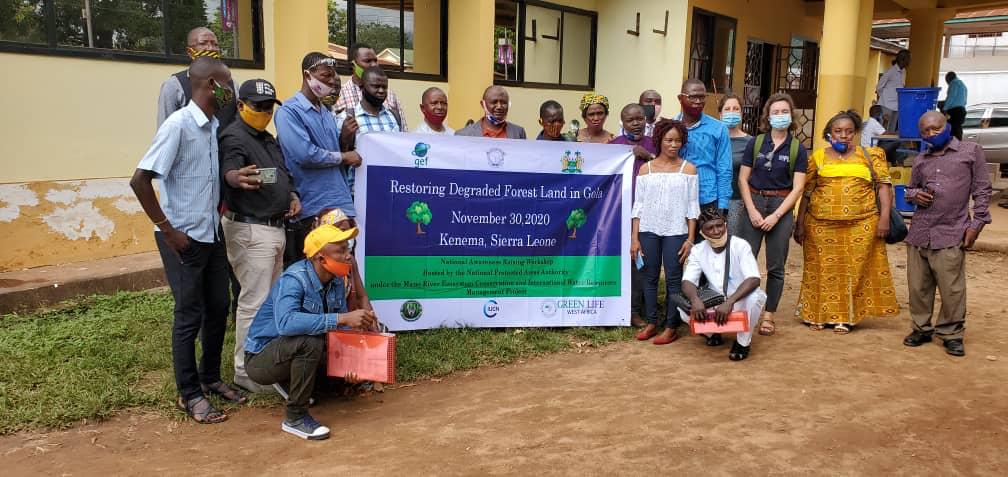Creating sustainable livelihood options for the youths, protecting the landscape
In late February 2024, GREENLIFE West Africa (GLWA) with funds from the Blue Natural Capital Financing Facility (BNCFF) conducted community meetings with 60 key community stakeholders (chiefs, youth leaders, mangrove woodcutters, fishermen, and religious leaders) in three Chiefdoms; namely, Samu, Kargboro, and Temidele, as well as part of the Western Area Rural (Tombo) capturing 24 communities in total. The meetings were held from February 23 – 28, 2024, and aimed to encourage community-based mangrove conservation and restoration among the youth and inform communities about the project entitled “Inspiring Youths Project with Gender Inclusiveness for Community-Based Mangrove Restoration and the Creation of Sustainable Livelihood Options in the Yawri Bay Landscape.”
According to the Upper Guinean Forest Ecosystem Profile, Yawri Bay is recognized as one of nine Key Biodiversity Areas (KBAs) in Sierra Leone. This rich biodiversity hotspot accounts for 14.3% of the total mangrove area in Sierra Leone. Mangroves protect the landscape from the force of rivers and strong marine currents.
In 1992, the Yawri Bay, which is a haven for migrant birds during winter in West Africa was listed as an essential Bird Area and was officially recognized in 2012 by the government of Sierra Leone as a Marine Protected Area.
With all of this recognition, Yawri Bay continues to face massive degradation at an alarming rate. Mangroves in Yawri Bay are under serious threat mainly for timber and charcoal exploitation. In addition, the uncontrolled expansion of fishing and salt production in the area is motivating increased demand for mangrove wood and charcoal to supply the energy needs of the inhabitants of Freetown. Also, land use for agriculture is one of the main reasons for degradation.
In partnership with the Conservation Society of Sierra Leone (CSSL), GREENLIFE West Africa seeks to restore 50 hectares of degraded mangrove areas within the Marine Protected Area and will provide alternative livelihood options, protect biodiversity, and boost tourism potential for 80,000 coastal residents in the targeted communities. The program will further ensure the effective monitoring of mangroves using the tree tracker app, engage and build the capacity of key stakeholders on the sustainable management of Yawri Bay, and raise community awareness on the importance of restoration and mangrove protection.

During the meetings, community members were informed about the need to restore the partly degraded landscape, as well as the principles, methods, and steps that will be carried out in the restoration process. It’s important to note that the monitoring process will be done using the tree tracking app, which is a highly effective new technology for tracking tree restoration activities.
At the end of the meeting, Pa. Alusine Koroma, the Town Chief of Ribbimen emphasized the need for livelihood support programs. “If you are asking us to stop now without alternatives, it will be very difficult. But with alternative livelihoods such as VSLA and beekeeping, I am sure it will be possible to properly manage our mangroves,” he maintained.

Amara Koroma, a vibrant youth from the Samu community expressed his delight about the involvement of the youth in the project. He said, “As youths, we are the ring leaders in cutting the mangroves to support our wives to smoke fish, but with the knowledge gained here and for our future, we will cease to destroy our very own environment.”

Tom Menjor, GREENLIFE Sierra Leone’s Team Lead, admonished participants in each community on the importance of mangroves. Mr. Menjor said, “Mangrove areas are uniquely valuable coastal wetlands forming the natural transition zone between land and sea. They are preserving biodiversity, mitigating climate change, and sustaining livelihoods. As communities, we must ensure its protection and management. Therefore, we should make it a priority to restore degraded mangrove sites.”




